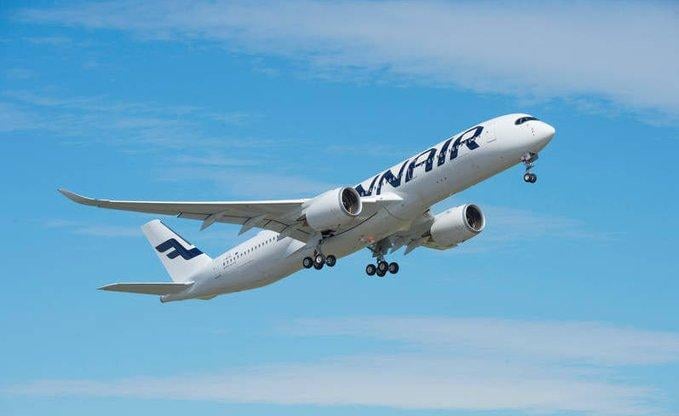Finnair Taxiway Incident Linked To Pandemic-Related Airport Staff Cuts

Finnair Airbus A350
Credit: Finnair
Inadequate risk assessments and contingency plans following airport staff cuts contributed to a Finnair Airbus A350 skidding partially off a taxiway at Helsinki-Vantaa Airport earlier this year—an incident that spotlights broader risks from rapidly changing airfield operations, Finnish...
Subscription Required
This content requires a subscription to one of the Aviation Week Intelligence Network (AWIN) bundles.
Schedule a demo today to find out how you can access this content and similar content related to your area of the global aviation industry.
Already an AWIN subscriber? Login
Did you know? Aviation Week has won top honors multiple times in the Jesse H. Neal National Business Journalism Awards, the business-to-business media equivalent of the Pulitzer Prizes.
